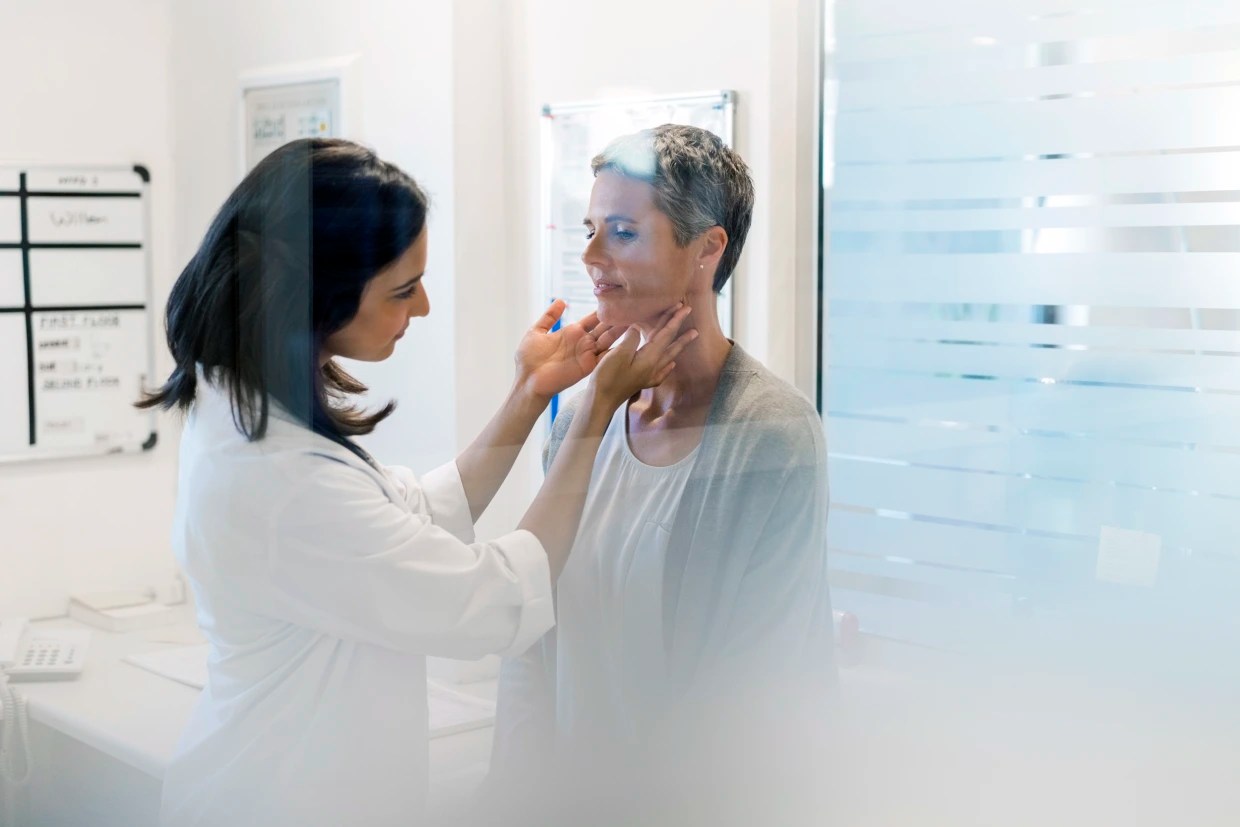For most babies and parents, diaper rash is a fact of life. But there are some important tips parents can use to prevent, or at least lessen, their baby's discomfort . Below, Dr. Daniel Neuspiel discusses the dos and don'ts of diapering your baby, and when parents should seek their pediatrician's help.
Diaper Rash 101
Diaper rash often results from irritation due to the less-than-hospitable diaper environment, but bacterial and/or yeast infections can also be involved.
Urine, which is acidic, and stool, which contains bacteria and digestive enzymes, can easily irritate a baby's sensitive skin. The longer a dirty or wet diaper remains on your baby's bottom, the more likely your tot will develop a rash. That's why it's important to change your baby's diaper frequently, especially when he or she has diarrhea.
Irritated skin is also fertile ground for yeast, specifically yeast called Candida . This is the same yeast that causes infections in babies' mouths, sometimes called thrush, and vaginal infections in women. Candida is present in everyone's intestines and skin, but is usually held in check by friendly bacteria. Candida diaper rash occurs frequently, and the chances increase when your baby is taking antibiotics, as these medications kill friendly bacteria in addition to disease-causing bugs.
Skin bacteria may also cause diaper rash. One particularly dangerous type of rash, called scalded skin syndrome, is caused by certain strains of staphylococcus bacteria. The condition first appears as reddening of the skin followed by blister-like lesions. The affected skin will eventually peel off in sheets when it is touched. If your child has these symptoms, seek immediate medical attention.
Another bacterial diaper rash is caused by Streptococcus -the same bug that causes strep throat in older children. Strep may cause a bright red rash, and requires medical attention.
Clues in Appearance of the Rash
The first signs of diaper rash caused by irritation may be redness or small bumps on skin in the diaper region. This is usually the result of leaving a diaper on for too long.
Health
Candida (yeast) rashes are found near skin folds. They are typically solid red and surrounded by bright red spots.
Bacterial rashes are the most serious. If you see pimples with pus, or a bright red rash that looks like a burn, especially if your baby has a fever, call your pediatrician immediately.
Preventing Diaper Rash
With proper care, many diaper rashes can be prevented. Here are some ways to help reduce the risk of diaper rashes:
- Change your baby's diaper frequently.
- Use plain water with a soft cloth to gently clean your baby's bottom.
- Avoid wipes with chemicals, perfumes or alcohol.
- Apply petroleum jelly or a barrier ointment containing zinc oxide, such as Desitin or A & D, on freshly cleaned skin.
- Do not use talc powder. If your baby breathes it in, it can irritate the lungs and may cause pneumonia.
- Do not use cornstarch, because it may increase the growth of yeast.
- Expose your baby's bottom to air whenever possible.
Avoid tight-fitting disposable diapers or plastic pants over cloth diapers. Avoid unnecessary antibiotics. Overuse of antibiotics may lead not only to more diaper rashes, but to other complications, such as diarrhea. Antibiotics are only effective on bacterial, and the body can build up a resistance to a prescription if it is introduced when it is not needed.
Treatment of Diaper Rash
Most mild diaper rashes can be managed at home. But don't wait: damaged skin is more likely to become infected with bacteria and yeast than healthy skin. Here are some important pointers:
- Have your baby go diaperless when possible.
- Rinse the skin with warm running water.
- Adding some baking soda to the cleansing water may help: one-half teaspoon of baking soda per cup of warm water. This is especially helpful with a yeast diaper rash.
- For flat red rashes or rashes with red spots on the surrounding margins (probable yeast), you may try treating the skin with an anti-yeast cream like Clotrimazole and Nystatin.
Some pediatricians may also recommend using one percent hydrocortisone cream. If the rash is due to yeast, however, some doctors feel that hydrocortisone may make the problem worse. It's important to discuss this with your doctor to see what he or she recommends. And never use a cream that's stronger than one percent without consulting your doctor.
- Antibiotics should never be used for diaper rash without a doctor's prescription.
When to Call Your Pediatrician
Observe your baby and his or her rash carefully, and call your doctor in the following circumstances:
- If you see pus-filled pimples.
- If there are any open or weeping blisters or sores.
- If your baby has a fever or is acting very sick.
- If there are any raw, bleeding areas.
- If you think your baby is in pain and it's interfering with sleep.
- If there is swelling on the tip of his penis.
- If the rash is flaming red and looks like a burn.
- If your baby's rash is not improving after two days of home therapy.
- If you have any other questions.



